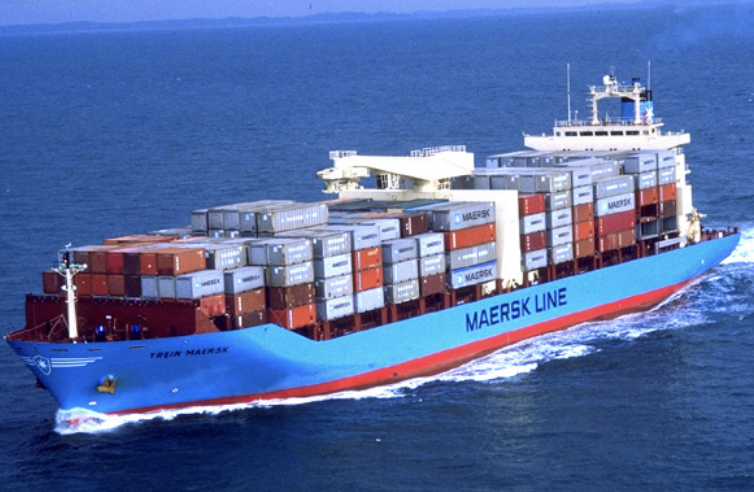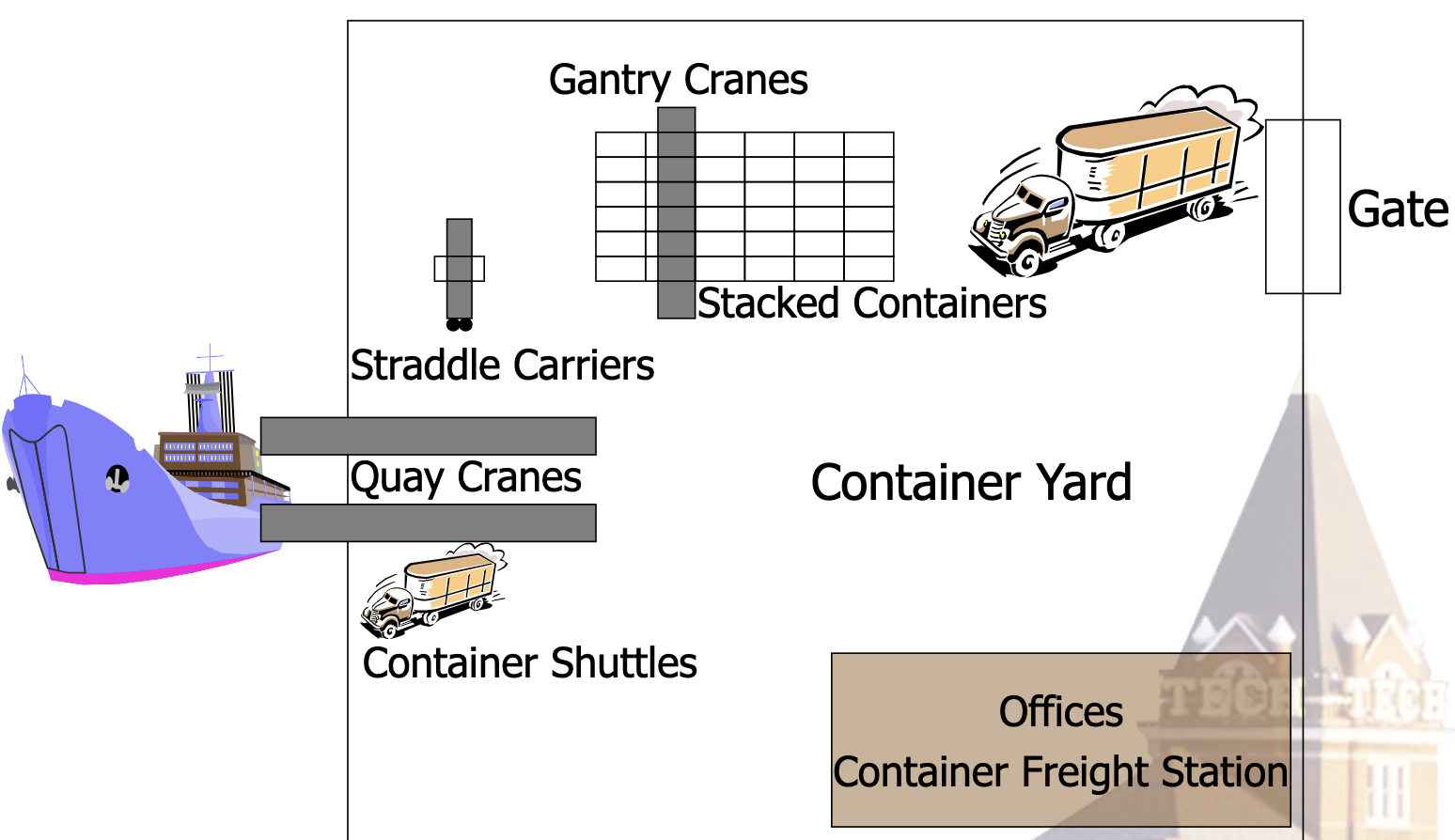
1. Introduction
Ranks
- Top Export Countries: China, Germany, US, Japan…
- Top Container Ports (2012): Shanghai, Singapore, HK, Shenzhen…
- Top Container Carriers (2009): APM-Maersk, Mediterranean Shiping Company, CMA CGM, Evergreen Line, …, COSCO
Glossaries for International Freight
- TEU: Twenty-foot equivalent unit, a standard measure for ISO ocean intermodal containers
- Standard containers: 40’, 45’(2 TEUs), and 20’ (1 TEU)
- DWT: Dead-weight metric tons
- Maximum weight capacity (cargo, fuel, supplies, crew), or
- Maximum loaded ship weight
- Metric ton: 1000 kg (~2200 lbs)
Types of Container: (1) “Dry” Container (2) Refrigerated Container (Reefer) (3) Tank Container
Repositioning Empty Containers
- In a perfect world, every container shipment would be matched with a loaded backhaul (返程)
- About 21% of all container movements by ship are empty
- Repositioning costs add US$3.5 billion a year to ocean carrier expenses (US$1.5 billion intra-regional repositioning by road or rail)
Container Terminals

2. Container Port Quayside Problems
- A berth or berthing areain a seaport is where ships are moored for unloading and loading operations
- Vessels arrive over time to the port and need to be served Where should vessels be berthed, and in what order should they be served?
- Planning problems when conducted with vessel scheduling
- Operations problems (dynamic) for re-scheduling
Mobile Resource Management
Mobile resources:
- countainers
- chassis
- railcar
- trucks (tracktor)
- …
R: receiving site (white triangle): receive one loaded means generate one empty G: generating site (request empties): generate one loaded means receive one empty
——> menas loaded drayage (a “local” movement) --> menas empty drayage
graph RL;
G((G))
R{R}
P[Port]
G-->P
P.->G
P-->R
R.->P
use positive number to denote generate empty containers, negative number to denote need empty containers (need)
graph LR;
F1("Facility_1 [-1]")
F2("Facility_2 [+1]")
C1("Container_yard")
P1[Port_1]
P2[Port_2]
F1-->P1-->P2-->F2
C1.->F1
FLOW
units of FLOW (units/time, e.g. TEU/week)
For example, for the following service (the number on line is the days needed for shipment), SHA send a vessel per Tuesday with max capacity of 10,000 TEU:
graph LR;
S[SHA]
N[NIN]
D[DAK]
L[LA]
S--2-->N--12-->L
L--2-->D--12-->S
then the max FLOW alone any one line is 10,000, while the sum of all lines is also 10,000
Denotations:
f: frequency of dispatches along a cycle (units/time, e.g. ships/week, trucks/day)H=1/f: headway, the time between consecutive dispatchesQ: capacity of one vessel (e.g. TEU/ship)Q*f: measure of capacity (e.g. TEU/week)


Document Information
- Author: Zeka Lee
- Link: https://zhekaili.github.io/0007/04/02/ISYE6336-Ocean-Freight/
- Copyright: 自由转载-非商用-非衍生-保持署名(创意共享3.0许可证)